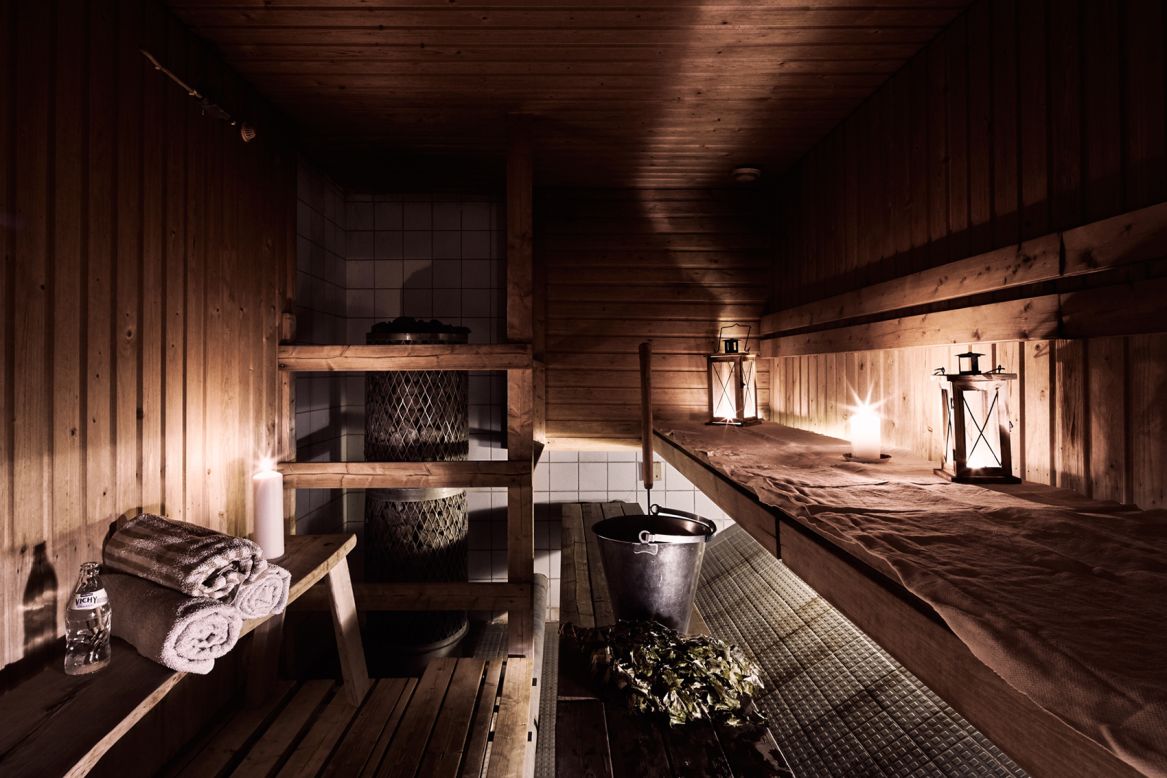The Of Traditional Sauna
The Of Traditional Sauna
Blog Article
The Facts About Traditional Sauna Revealed
Table of ContentsThe Basic Principles Of Traditional Sauna Not known Details About Traditional Sauna The smart Trick of Traditional Sauna That Nobody is DiscussingThe Definitive Guide for Traditional SaunaThe Ultimate Guide To Traditional Sauna
A lot of the weight lost in a sauna is water loss and is re-gained upon rehydrating. Nevertheless, undoubtedly sauna can be an integral part of a healthy and balanced weight reduction program. To consider the distinctions between conventional and IR saunas, I will separate these into verifiable, academic, and fabricated distinctions.Thus, the best point in the saunawhich is at the ceiling directly above the sauna heateris typically between 185 and 190 F. Claims that a standard sauna exceeds 200 F is simply not true and not applicable for electrical saunas marketed in the US. The temperature for a far-infrared sauna is typically established in between 120 and 140 F; nonetheless, unlike the standard sauna, the objective in and IR area is not to attain a high temperature level.
Due to this, the temperature level difference is nearly unimportant, since excessive sweating results in both sauna kinds, but the approach of heating the body is different. In an IR sauna the bather will certainly really feel warm and will sweat a lot, but at much reduced temperatures (Traditional Sauna). Therefore, if the objective is to invest longer periods of time in the sauna, the IR sauna is a good choice
When a conventional sauna has actually been properly heated up, the sauna wall surfaces are warm, the air temperature level has actually accomplished established temperature and the rocks are incredibly warmed. As a fascinating side note, the heated wall surfaces and the rocks are emitting far-infrared warm, integrated with the heated air, to produce an "enveloping warmth".
6 Easy Facts About Traditional Sauna Explained

When the high temperature is accomplished, the components cycle on and off to preserve the heat. A lot of traditional sauna customers take pleasure in pouring water over the rocks to create vapor to elevate sauna humidity levels. The advantages of putting water over the rocks include: making the room much more comfy, dampening the nasal passages, and allowing the usage of aromatherapy by blending vital oils with the water.

When the power gets in the body, it triggers the body temperature level to raise and inevitably causes perspiration. In an infrared sauna it is very important for the emitters/heaters to continue to be on nearly constantly. Because there is no mass of rocks to maintain heat, the sauna will certainly cool down if the emitters shut off.
As mentioned over, the sauna bather in an infrared area wants to position himself in front of running emitters to obtain optimal gain from the warmth. The home heating time for both areas can be really various, relying on just how the spaces are used. For a conventional sauna, a bather ought to allow 30-40 mins for the room to attain a preferred temperature and to appropriately pre-heat the rocks.
A Biased View of Traditional Sauna
A well built sauna will commonly accomplish a temperature of 150-160 F in about 30-40 mins. For hotter temperature levels, the space may need to heat for a longer duration.

Standard saunas often tend to be bigger (thus make use of even more electrical power) than infrared saunas, although conventional saunas are definitely available in one and 2 person dimensions. For a two-person conventional sauna, 5x6 or 5x7 dimension is most prominent. The leading bench can pleasantly seat click over here two or 3 individuals and is also long sufficient to exist down during the sauna session.
The Only Guide for Traditional Sauna
The ordinary price per kWH of electrical power in the united state is approximately $0.11, so a 4.5 kW heater will certainly cost roughly $.50 to compete one hour, if the heating unit runs continually for one hour. Normally a sauna heating unit will certainly company website run for 75% of the first hour and 50% of succeeding hours on because the components cycle once the set temperature is attained.

Finally, there is a rarely talked about difference in the social experience between both spaces. While our culture has shed a few of the social advantage of the conventional sauna experience, it can be extremely socially fulfilling (Traditional Sauna). From family time in the sauna, to heart-felt conversations with loved ones, to sauna partiesthe typical sauna experience can bring about intimate interacting socially
Unknown Facts About Traditional Sauna
Many greater end infrared areas include tinted light treatment, sound systems and full-glass fronts.
Report this page